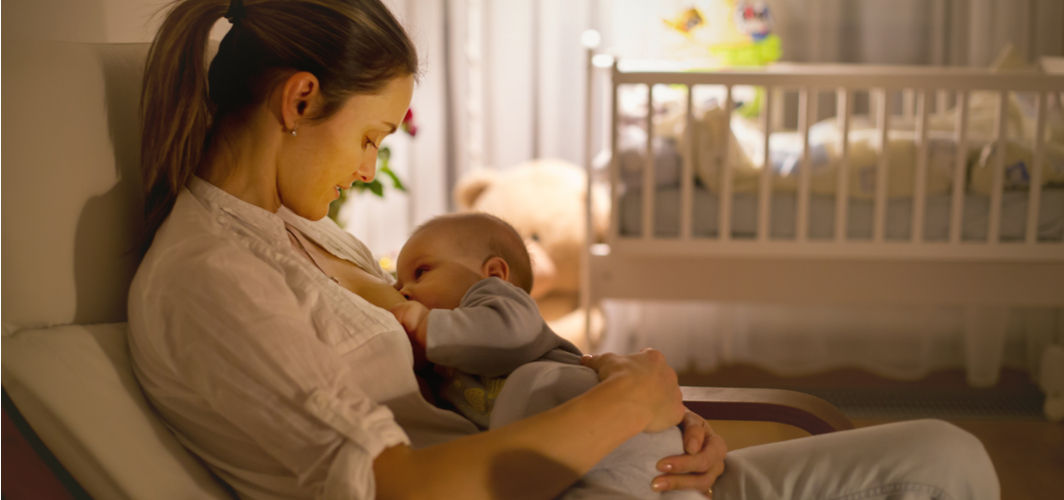Women's Wellness
Can Menopause Contribute to the Development of Osteoporosis?
4 min read
By Apollo 24/7, Published on - 15 June 2021, Updated on - 22 May 2024
Share this article
0
0 like

Menopause, which marks the end of a woman’s menstrual periods, normally happens between the age of 45 and 55 years. As women reach menopause, the drop in the oestrogen hormone levels contributes to the development of osteoporosis. Osteoporosis is a bone disease that decreases bone strength, increasing the risk of fractures. Research shows that women can lose about 20% of bone mass in the first five to seven years post-menopause. While menopause is inevitable, osteoporosis can be prevented by making healthy lifestyle modifications.
What is osteoporosis?
Osteoporosis (meaning porous bones), is a bone disease that develops due to a decrease in bone mass and bone mineral density. Osteoporosis is an age-related disease that is more common in women than men due to the hormonal changes at menopause that affect bone health. Osteoporosis frequently occurs in women aged 65 and above. In the early stages, people with osteoporosis may not experience any symptoms. However, as the condition progresses, one might experience back pain caused by a fracture, stooped posture, and loss of height over time. Also, the weakening of the bones causes them to break more easily. A fall, bending over to lift an object, or even coughing and sneezing can cause fractures in people with osteoporosis.
The role of oestrogen in menopause and osteoporosis
Oestrogen, a female sex hormone, plays an important role in bone health. The hormone protects the bones and helps to keep them strong. When the oestrogen levels drop, the bones become less dense and more fragile. Hence, the development of osteoporosis is more common in women as it is directly linked to oestrogen deficiency. Oestrogen deficiency happens in women during menopause, a natural change that occurs during a woman’s life.
The hormone levels may also get lower in teens and young women who often miss their periods. With low oestrogen levels, most women lose bone density and may not have stronger bones. However, the drop in oestrogen levels that happen around menopause, causes rapid bone loss. Menopause occurs when the ovaries stop producing oestrogen. While menopause is said to be attained when the periods stop completely for a year, the monthly periods become less regular before reaching menopause (perimenopause).
Perimenopause is about four years on an average. Hence, bone loss can start even before menopause and speeds up with the declining oestrogen levels, causing a 10% bone loss during this period. However, rapid bone loss occurs after menopause, particularly during the first five to seven years, after which bone loss becomes slow. A reduction of 20% bone density can occur during this time, and the weakened bones increase the risk of fractures in the spine, hips, shoulder, and wrist.
Factors increasing the risk of osteoporosis in women
The body continuously replaces old bone tissue with new bone tissue. However, with the drop in oestrogen levels, bone loss outpaces bone formation, causing osteoporosis. Women are at even higher risk due to factors that include:
- Early menopause before 45 years of age
- Surgical removal of the uterus along with ovaries before age 45
- Missing periods for over six months caused by excessive exercise and dieting
Additional factors affecting osteoporosis include:
- Low peak bone mass (peak bone mass is the maximum bone mass attained during the first three decades of life)
- Excessive postmenopausal bone loss
- Advancing age which causes age-related bone loss.
Prevention of bone loss during menopause
Bone loss that happens during menopause can be prevented by following a few simple steps that include:
- Getting enough calcium and vitamin D.
- Calcium is required to build bone strength. The required daily calcium can be met by consuming calcium-rich foods and supplements.
- Vitamin D protects bones and is required to absorb calcium in the body. Vitamin D can be obtained from exposure to sunlight or through diet and supplements.
- Performing regular weight-bearing and muscle-strengthening exercises.
- Weight-bearing exercises include dancing, walking, and low-impact aerobics that help to build healthy bones and make them stronger.
- Muscle-strengthening exercises include lifting weights, yoga, and Pilates that boost bone strength, and improve balance and flexibility.
- Quitting smoking and limiting alcohol intake.
- Quitting smoking decreases the risk of osteoporosis as smoking is associated with reducing bone density.
- Limiting alcohol intake can help prevent osteoporosis as excessive consumption is known to accelerate bone loss.
Conclusion
Osteoporosis is a major concern amongst postmenopausal women. Studies show that lifestyle changes can have a significant impact on bone density. Measures adopted early on in life such as maximizing peak bone mass and preventing bone loss around menopause are key to preventing osteoporosis. However, in women at a greater risk of developing osteoporosis, early detection and treatment are crucial in reducing the risk of osteoporosis-related fractures. Hence, women aged 65 years and older and those younger than 65 years with risk factors are recommended to get a bone mineral density scan done regularly.
For any questions on musculoskeletal health including osteoporosis, you can talk to an orthopaedician.
Leave Comment
Recommended for you

Women's Wellness
Is It Safe to Use Medications During Lactation?
When prescribing medications to a breastfeeding mother, the doctor needs to weigh the benefits of the specific medicine against the potential risk it may cause to the baby.

Women's Wellness
Are Autoimmune Diseases More Prevalent in Women?
Women have a higher incidence and prevalence of autoimmune diseases than men, and 85% or more patients of multiple autoimmune diseases are female.

Women's Wellness
Waxing Intimate Areas: Should You Even Do It?
Waxing intimate areas is a topic that is surrounded by many myths and misconceptions. In truth, waxing your intimate areas carries both risks and benefits. If you do choose to go this way, there are certain precautions you must take to minimise the risks.
Subscribe
Sign up for our free Health Library Daily Newsletter
Get doctor-approved health tips, news, and more.
Recommended for you

Women's Wellness
Is It Safe to Use Medications During Lactation?
When prescribing medications to a breastfeeding mother, the doctor needs to weigh the benefits of the specific medicine against the potential risk it may cause to the baby.

Women's Wellness
Are Autoimmune Diseases More Prevalent in Women?
Women have a higher incidence and prevalence of autoimmune diseases than men, and 85% or more patients of multiple autoimmune diseases are female.

Women's Wellness
Waxing Intimate Areas: Should You Even Do It?
Waxing intimate areas is a topic that is surrounded by many myths and misconceptions. In truth, waxing your intimate areas carries both risks and benefits. If you do choose to go this way, there are certain precautions you must take to minimise the risks.